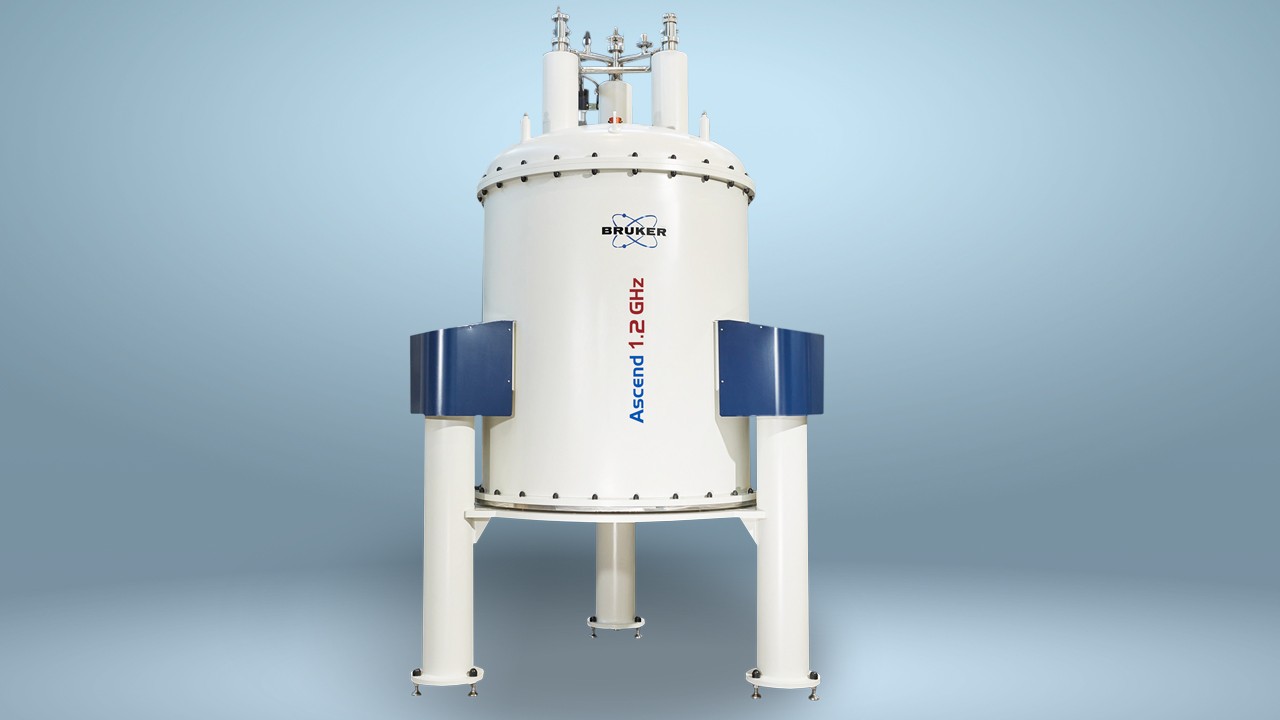

Predicting IDP Helical Content Using MD Simulation and NMR Spectrometry
Intrinsically disordered proteins (IDPs) play an essential role in key cell processes such as transcription, cell signaling and cell cycle regulation. Mutations in the genes that encode IDPs have been associated with diseases such as cancer and cardiovascular disease.
IDPs commonly adopt a helical conformation in the binding regions of partner proteins. However, intrinsically disordered regions (IDRs) within the IDPs can also adopt helicity before having interacted with other molecules. This can have a significant impact on the binding properties of the IDP and researchers are interested in determining which IDRs have this intrinsic tendency.
One of the main computational methods scientists use to model proteins is molecular dynamics (MD) simulation. This can enable atomic-level analysis, especially when combined with techniques such as nuclear magnetic resonance (NMR). However, the predictive power of the results is dependent on the force field water model that is used to calculate the forces that impact on moving atoms.
In a recent study from Technical University of Munich in Germany, Rainer Bomblies and colleagues tested different water models using an advanced MD simulation method and NMR spectrometry. The team looked at the helix forming propensity of an IDP called Axin-1, an essential protein in β-catenin signaling regulation. β-catenin regulates cell-to-cell adhesion and gene transcription. It is capable of inducing apoptosis and mutations in the AXIN1 gene have been associated with a number of cancers.
The team looked at the intermediate region of Axin-1 (residues 380 to 490), which has been predicted to demonstrate helicity prior to interaction with other molecules. Triple resonance backbone assignment experiments were performed and NMR spectra were recorded using Bruker’s Avance III 600 MHz and Avance II 900 MHz spectrometers. The Avance series has been designed based on a forward-thinking electronics concept that has made it the fastest and most flexible spectrometer on the market.
Secondary chemical shifts from NMR measurements indicated helicity in segments of the IDR that were in the native state (without a binding partner). The researchers say this is important, as even a small preference for adopting helicity can significantly impact the binding affinity of the segments. The finding could provide a basis for fine-tuning the binding properties of IDPs.
However, the extent of predicted helical content depended on the chosen water force field model. Simulations with the traditional TIP3P and TIP4P-ws reproduced the increased helicity trend relatively well. By contrast, TIP4P-D, which has been adapted specifically for IDP analysis, strongly disfavored folded peptide conformations. More specifically, the force field in the TIP4P-D model tends to underestimate the formation and persistence of secondary structure elements and seems to destabilize salt bridges of side chains, explain Bomblies and team.
The researchers say the choice of force field water model remains of critical importance in the study of IDPs and they advise that TIP3P and TIP4P-ws are currently suitable models for describing residual helicity.
References
Bomblies, R et al. Transient helicity in intrinsically disordered Axin-1 studied by NMR spectroscopy and molecular dynamics simulations. PLoS One 2017: https://doi.org/10.1371/journal.pone.0174337
Martini, Coarse Grain Forcefield for Biomolecules. The force field jungle, 2016.
NCBI Resources. AXIN1.2017: Available at: https://www.ncbi.nlm.nih.gov/gene/8312
Emppu Salonen Helsinki University of Technology. Introduction to Molecular Dynamics Simulations, 2006.
Oldfield, C and Dunker, A. Intrinsically disordered proteins and intrinsically disordered protein regions. Annual Review of Biochemistry, 2014;83: 553-584. https://doi.org/10.1146/annurev-biochem-072711-164947
University of Cambridge. The Clarke Group. Intrinsically Disordered Proteins. Available at: https://www.ch.cam.ac.uk/group/jclarke/intrinsically-disordered-proteins
Segditsas, S and Tomlinson, I. Colorectal cancer and genetic alterations in the Wnt pathway. Oncogene, 2006;25:7531-7537. DOI:10.1038/sj.onc.1210059


